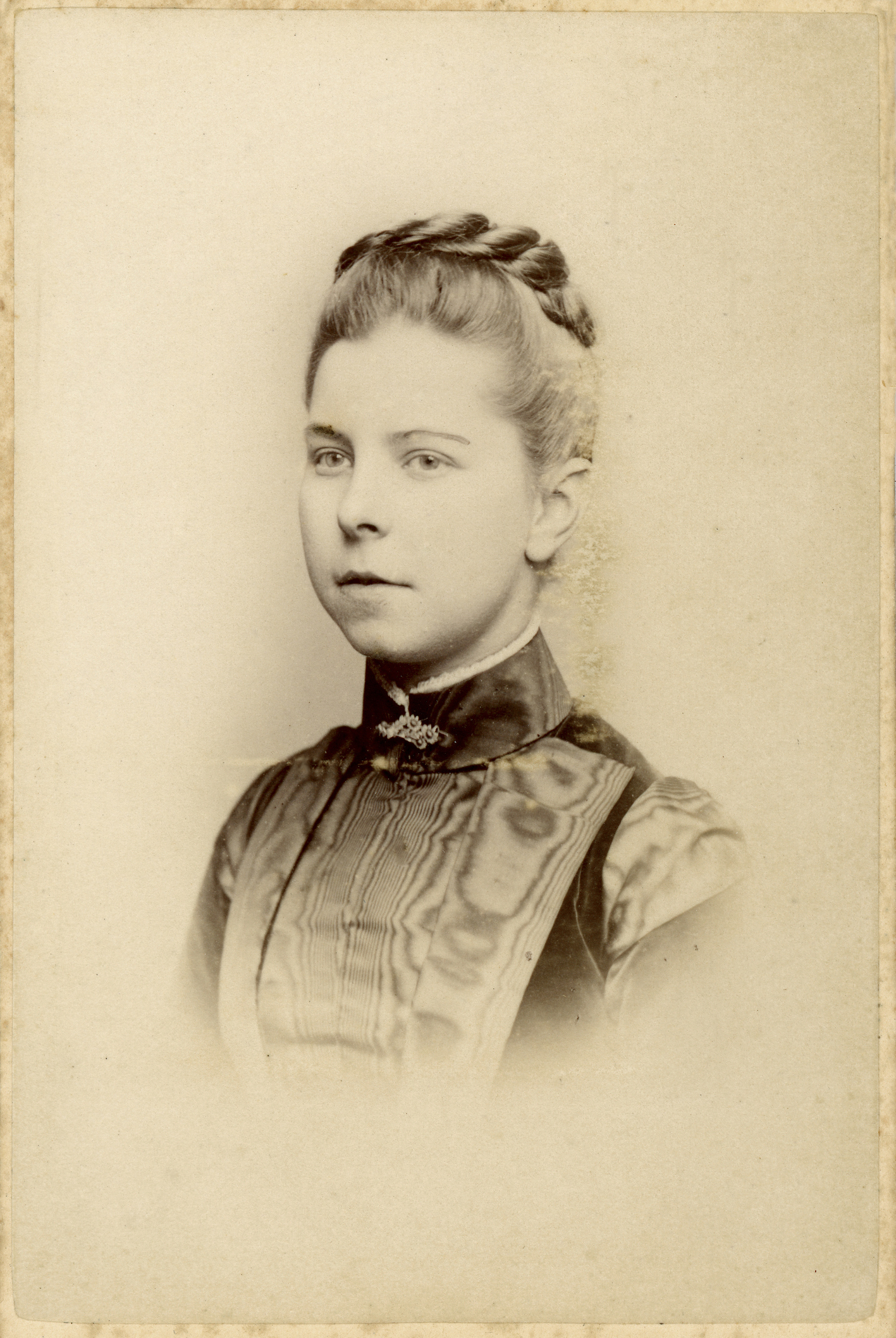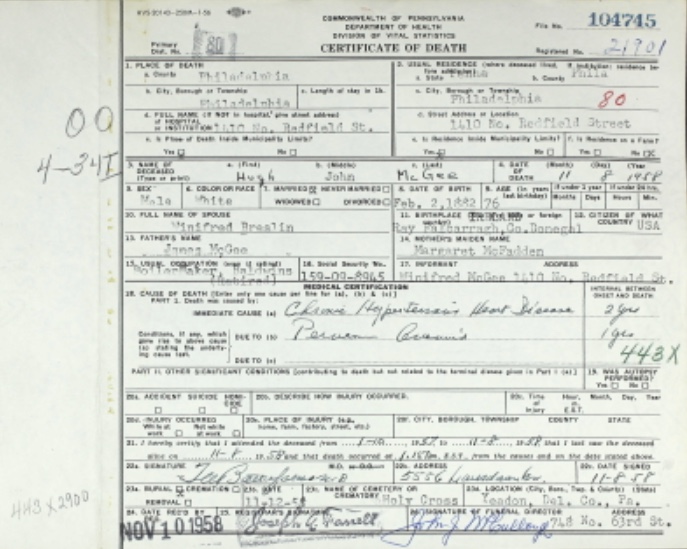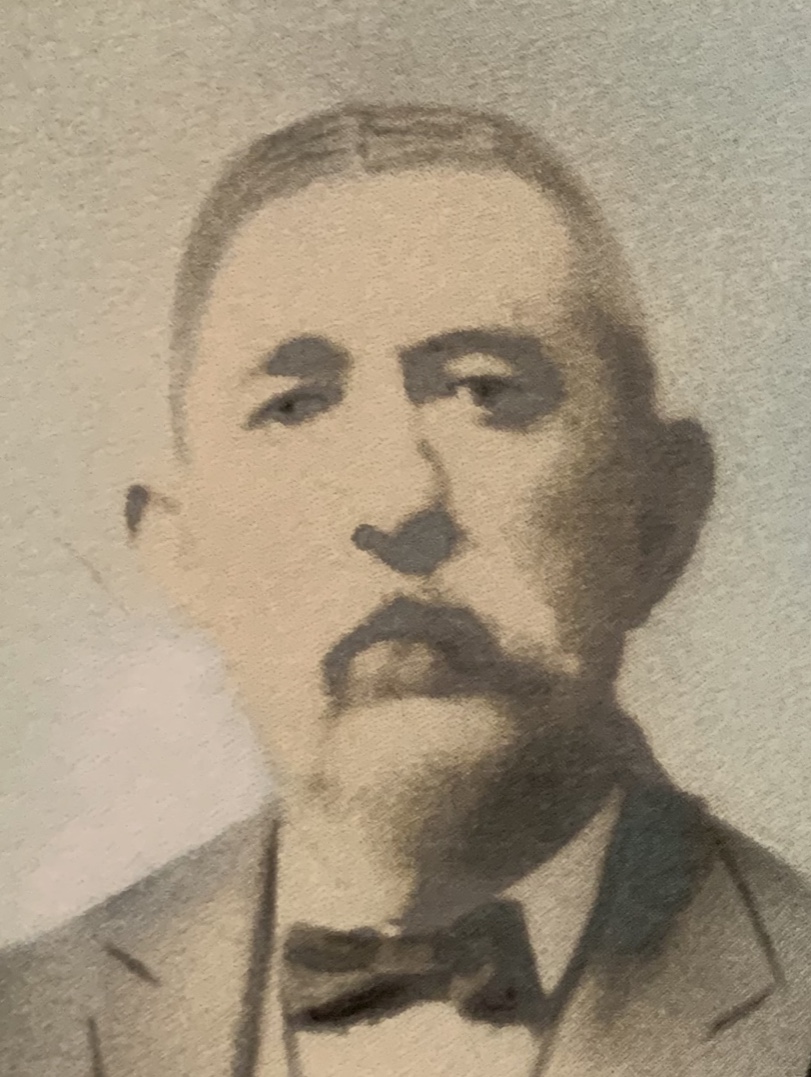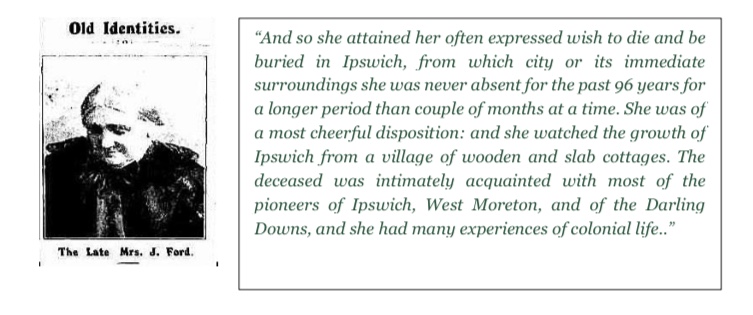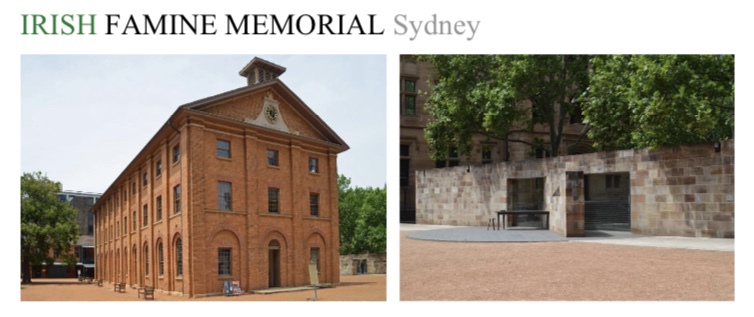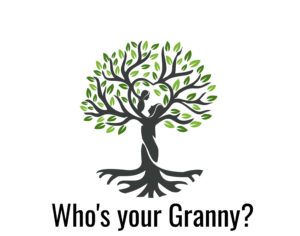 “Through their personal interaction with the Irish Bridget, native-born Americans came to see the Irish less as ‘others,’ and more as fellow humans. Credit is due to the Irish Bridget for pioneering the way for the Irish to become accepted by native-born Americans and for helping the Irish, as a group, move into the American middle class.” ~ Margaret Lynch-Brennan ~ The Irish Bridget: Irish Immigrant Women in Domestic Service in America, 1840-1930
“Through their personal interaction with the Irish Bridget, native-born Americans came to see the Irish less as ‘others,’ and more as fellow humans. Credit is due to the Irish Bridget for pioneering the way for the Irish to become accepted by native-born Americans and for helping the Irish, as a group, move into the American middle class.” ~ Margaret Lynch-Brennan ~ The Irish Bridget: Irish Immigrant Women in Domestic Service in America, 1840-1930
Just to be clear, the term Irish Bridget, coined sometime in the mid nineteenth century, was not meant to be in any way complimentary. Beginning around 1840 and continuing in increasing numbers through the years of An Gorta Mór and beyond, young Irish women immigrated to the United States. What made these women different from the ones who had come before them was their ages (some as young as 13), their single status, they often traveled unaccompanied, and they arrived determined to work hard, save money and eventually marry and have families of their own. Their best path to realizing these dreams, they discovered, was to obtain employment as live-in domestic servants in the homes of middle and upper-class families.
As the numbers of young Irish women employed in domestic service in the U.S. grew, a stereotypical representation of the Irish maid developed; she was characterized as inept, ill-mannered, and incompetent. She was seen as something of a buffoon. The name Bridget stuck to this version of the girl who arrived from Ireland and found herself willing and eager to work, but untrained for the duties and responsibilities she would face in the American household. While the exact number of Irish born women who worked in domestic service from the second half of the 19th century to the first third of the 20th century will never be known, it’s been estimated that in East Coast cities in the 1850s, they made up the largest single group among servants. And by 1900, 54 percent of women who had been born in Ireland and were living in the U.S. were employed as domestic servants, and another 6.5 percent worked as laundresses.

